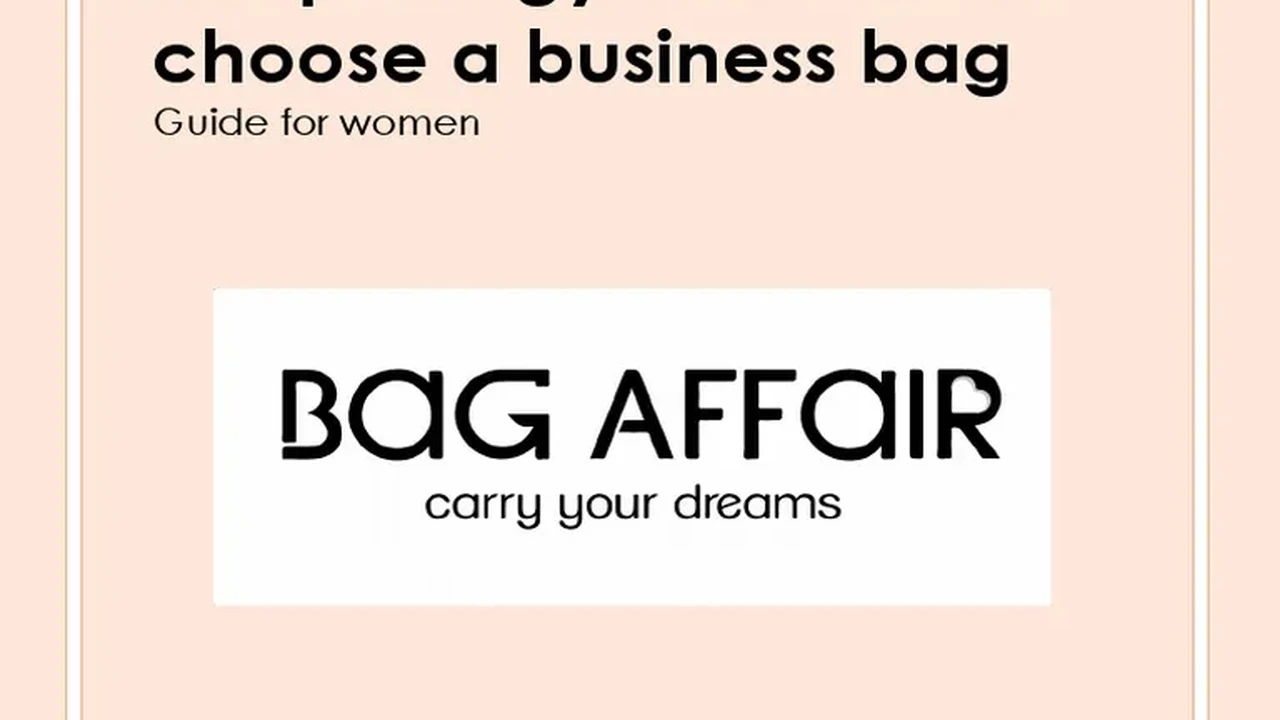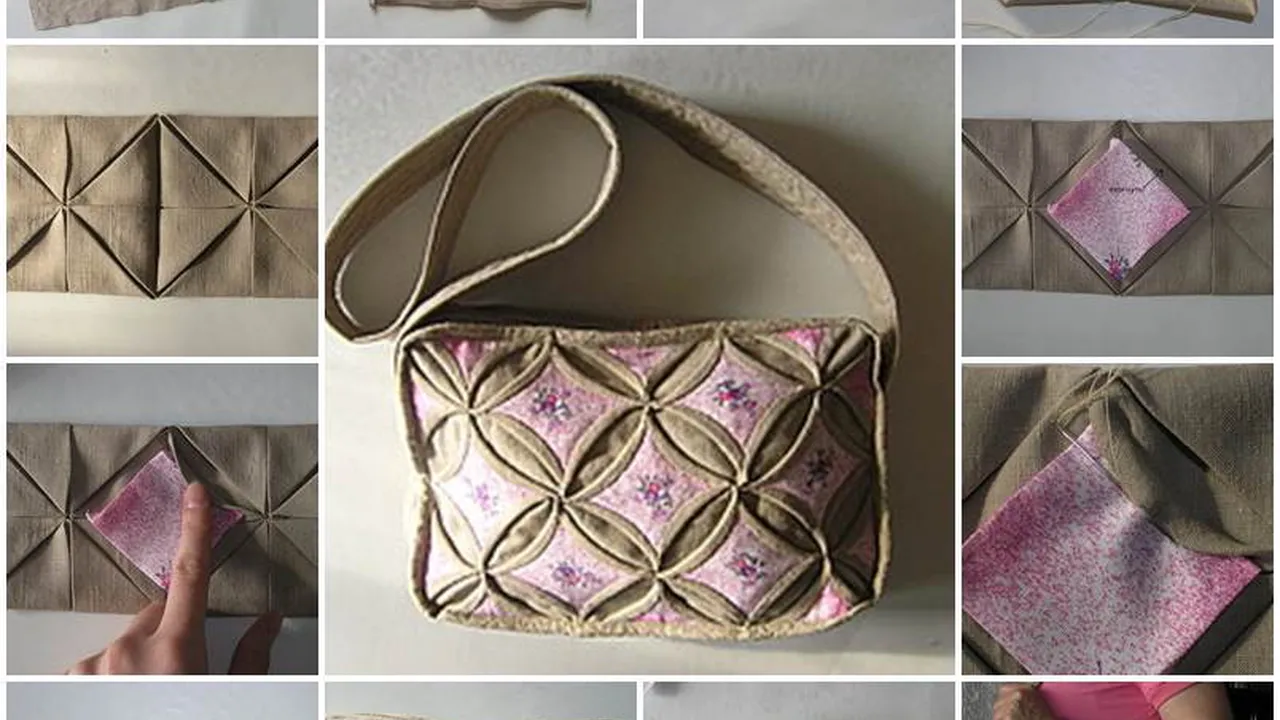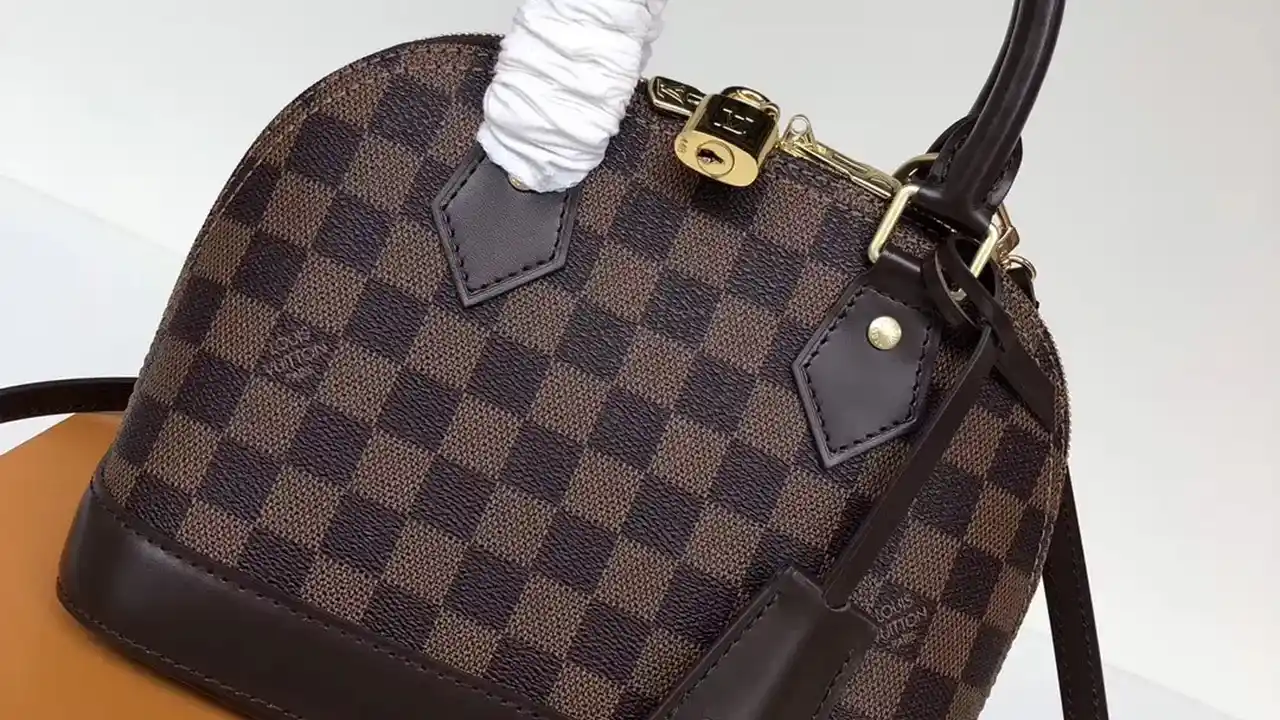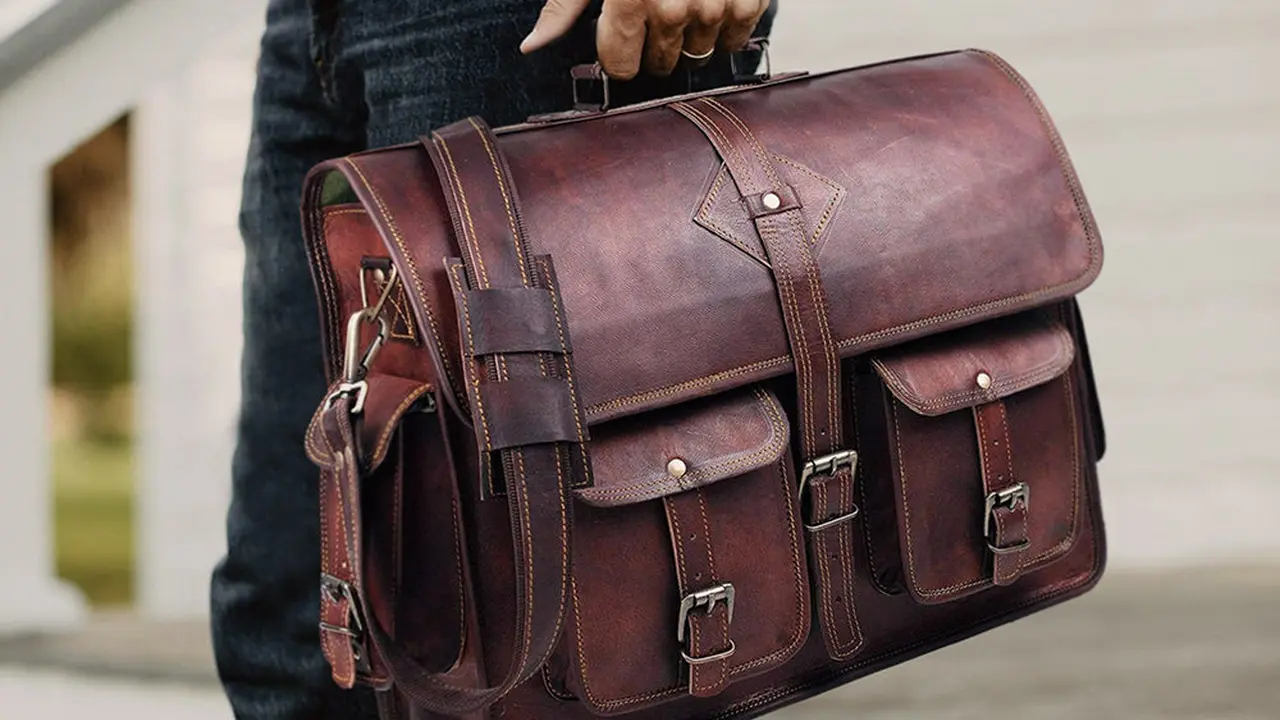Handbag Materials Guide
Explore the world of handbag materials. This guide details common fabrics, leathers, and synthetics used in handbag construction. Learn about durability, care, and ideal uses for each material to make informed buying decisions.

Understanding Handbag Fabrics Materials Types
Hey there, handbag lovers! Ever wondered what your favorite bag is *actually* made of? It's not just about looks, the material plays a huge role in how long your bag lasts, how you care for it, and even how it feels. Let's dive into the wonderful world of handbag fabrics!
Think of fabrics as the comfy, casual side of handbag materials. They're often lighter and more versatile than leather, making them perfect for everyday use. Here's a peek at some popular choices:
- Canvas: Tough as nails! Canvas is known for its durability and resistance to wear and tear. Great for tote bags, backpacks, and anything that needs to stand up to a beating. Think of brands like L.L.Bean and Baggu – they’re canvas champions!
- Nylon: Lightweight and water-resistant, nylon is your go-to for rainy days or travel. Easy to clean and often used in sporty or minimalist designs. Consider brands like Longchamp (their Le Pliage is nylon royalty!) and Herschel Supply Co.
- Cotton: Soft, breathable, and often more eco-friendly, cotton is a comfortable choice. However, it's not as durable or water-resistant as canvas or nylon. You'll find cotton in more casual styles, often with fun prints or patterns. Think of brands like Fjallraven (their Kanken bag has cotton blend option) and many smaller, independent designers.
- Polyester: A synthetic fabric that's budget-friendly and resistant to wrinkles and shrinking. Often blended with other fabrics to enhance durability. You can find polyester in a wide range of handbag styles and price points.
- Jacquard: This isn't a *type* of fabric, but a weaving technique! Jacquard fabrics have intricate patterns woven directly into the material, adding a touch of luxury and visual interest. You'll often see jacquard used in more upscale fabric handbags.
Exploring Handbag Leather Materials Durability and Care
Leather. The word itself conjures up images of luxury, sophistication, and lasting quality. But not all leather is created equal! Let's break down the different types you'll find in handbags:
- Full-Grain Leather: The *crème de la crème*. Full-grain leather is the highest quality, using the entire grain of the hide. It's incredibly durable, develops a beautiful patina over time, and is known for its unique natural markings. Think of brands like Saddleback Leather and many high-end designer brands. Expect to pay a premium for full-grain leather, but it's an investment that will last for years.
- Top-Grain Leather: A step down from full-grain, top-grain leather has had the outermost layer sanded or buffed to remove imperfections. This makes it more uniform in appearance but also slightly less durable. It's still a great choice for handbags and offers a good balance of quality and price. Many mid-range to high-end brands use top-grain leather.
- Genuine Leather: This is where things get a little tricky. "Genuine leather" is a broad term that can encompass a wide range of leather qualities. It's often made from leftover scraps and bonded together. While it's still technically leather, it's not as durable or desirable as full-grain or top-grain. Be wary of bags labeled only as "genuine leather" without further specification.
- Bonded Leather: The lowest grade of leather. Bonded leather is made from leather scraps that are shredded, mixed with adhesives, and then rolled onto a fiber backing. It has a uniform appearance but is not as durable or long-lasting as other types of leather.
- Suede: Suede is made from the underside of the animal hide, giving it a soft, napped finish. It's luxurious to the touch but can be more susceptible to stains and water damage. Suede handbags require extra care and protection.
Leather Care Tip: Always use a leather conditioner to keep your leather handbags supple and prevent them from drying out and cracking.
Synthetic Handbag Materials Pros and Cons
Synthetics are the modern marvels of the handbag world. They offer a wide range of colors, textures, and performance characteristics, often at a more affordable price point. Let's explore some key players:
- PU Leather (Polyurethane Leather): Also known as vegan leather or faux leather, PU leather is a synthetic material that mimics the look and feel of real leather. It's water-resistant, easy to clean, and available in a variety of colors and textures. It's a popular choice for ethical consumers and those on a budget. Many brands now offer stylish and durable PU leather handbags.
- PVC Leather (Polyvinyl Chloride Leather): Another type of synthetic leather, PVC leather is more durable and water-resistant than PU leather. However, it's also less breathable and can have a plastic-like feel. PVC leather is often used in more affordable handbags.
- Microfiber Leather: A high-quality synthetic leather made from tightly woven microfibers. It is known for its durability, breathability, and resistance to water and stains. Microfiber leather is often used in high-end vegan handbags.
Important Note: While synthetics can be a great option, it's important to consider their environmental impact. Look for brands that use recycled materials or sustainable production practices.
Handbag Material Comparison Table
Okay, let's get down to brass tacks. Here's a quick comparison of the materials we've discussed:
| Material | Durability | Care | Price | Best For |
|---|---|---|---|---|
| Full-Grain Leather | Excellent | Requires conditioning | High | Investment pieces, heirloom quality |
| Top-Grain Leather | Good | Requires conditioning | Medium-High | Everyday luxury |
| Genuine Leather | Varies | Varies | Low-Medium | Budget-friendly options |
| Canvas | Excellent | Easy to clean | Low-Medium | Tote bags, backpacks, casual styles |
| Nylon | Good | Easy to clean | Low-Medium | Travel bags, rain-resistant styles |
| PU Leather | Good | Easy to clean | Low-Medium | Vegan options, budget-friendly styles |
Recommended Handbag Products by Material
Alright, let's get specific! Here are a few handbag recommendations based on the materials we've covered, along with their approximate prices (USD):
- Full-Grain Leather:
- Saddleback Leather Classic Briefcase: ($569) A timeless and incredibly durable briefcase that will last a lifetime. Perfect for professionals who want a bag that will age beautifully.
- Usage Scenario: Business meetings, client presentations, everyday work bag.
- Top-Grain Leather:
- Coach Willow Saddle Bag: ($350) A stylish and versatile saddle bag that can be dressed up or down. Perfect for everyday use.
- Usage Scenario: Running errands, casual outings, date nights.
- Canvas:
- Baggu Duck Bag: ($36) A simple and functional canvas tote bag that's perfect for carrying groceries, books, or anything else you need.
- Usage Scenario: Grocery shopping, trips to the library, beach days.
- Nylon:
- Longchamp Le Pliage: ($155) A lightweight and foldable nylon tote bag that's perfect for travel or everyday use.
- Usage Scenario: Travel, shopping, gym bag.
- PU Leather:
- Matt & Nat Brave Backpack: ($165) A stylish and functional vegan leather backpack that's perfect for work, school, or travel.
- Usage Scenario: Commuting, school, travel.
Handbag Material Comparison Between Products
Let's compare a few of the recommended products to highlight the differences in materials:
- Saddleback Leather Classic Briefcase (Full-Grain Leather) vs. Coach Willow Saddle Bag (Top-Grain Leather): The Saddleback briefcase is significantly more expensive due to the higher quality of the full-grain leather. It will also develop a richer patina over time. The Coach bag is more affordable and offers a more refined, uniform look.
- Baggu Duck Bag (Canvas) vs. Longchamp Le Pliage (Nylon): The Baggu is more durable and has a more natural feel. The Longchamp is lighter, more water-resistant, and folds up for easy storage. The choice depends on your priorities: durability vs. convenience.
- Coach Willow Saddle Bag (Top-Grain Leather) vs. Matt & Nat Brave Backpack (PU Leather): The Coach bag offers the classic look and feel of real leather, while the Matt & Nat backpack is a vegan-friendly option. The Matt & Nat backpack is also more functional for carrying larger items and distributing weight evenly.
Choosing the Right Handbag Material for You
So, which material is right for *you*? It all depends on your needs, lifestyle, and budget. Consider these factors:
- Durability: If you need a bag that can withstand heavy use, opt for full-grain leather, canvas, or a high-quality synthetic like microfiber leather.
- Care: If you prefer a low-maintenance bag, choose nylon, PU leather, or a treated fabric. Leather requires regular conditioning.
- Budget: Synthetics are generally more affordable than leather. Within leather, "genuine leather" will be the least expensive, but often the least durable.
- Style: Consider the overall aesthetic you're going for. Leather offers a classic and sophisticated look, while fabrics can be more casual and playful.
- Ethics: If you're concerned about animal welfare, choose vegan leather options like PU leather or microfiber leather.
Ultimately, the best handbag material is the one that meets your individual needs and preferences. Happy shopping!
:max_bytes(150000):strip_icc()/277019-baked-pork-chops-with-cream-of-mushroom-soup-DDMFS-beauty-4x3-BG-7505-5762b731cf30447d9cbbbbbf387beafa.jpg)






